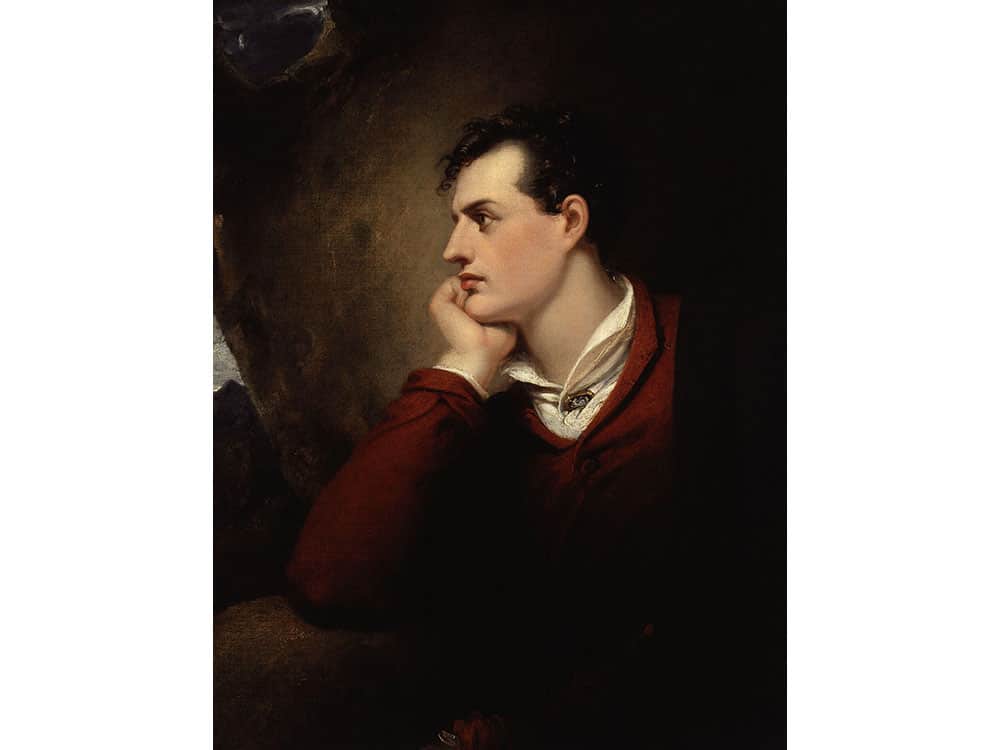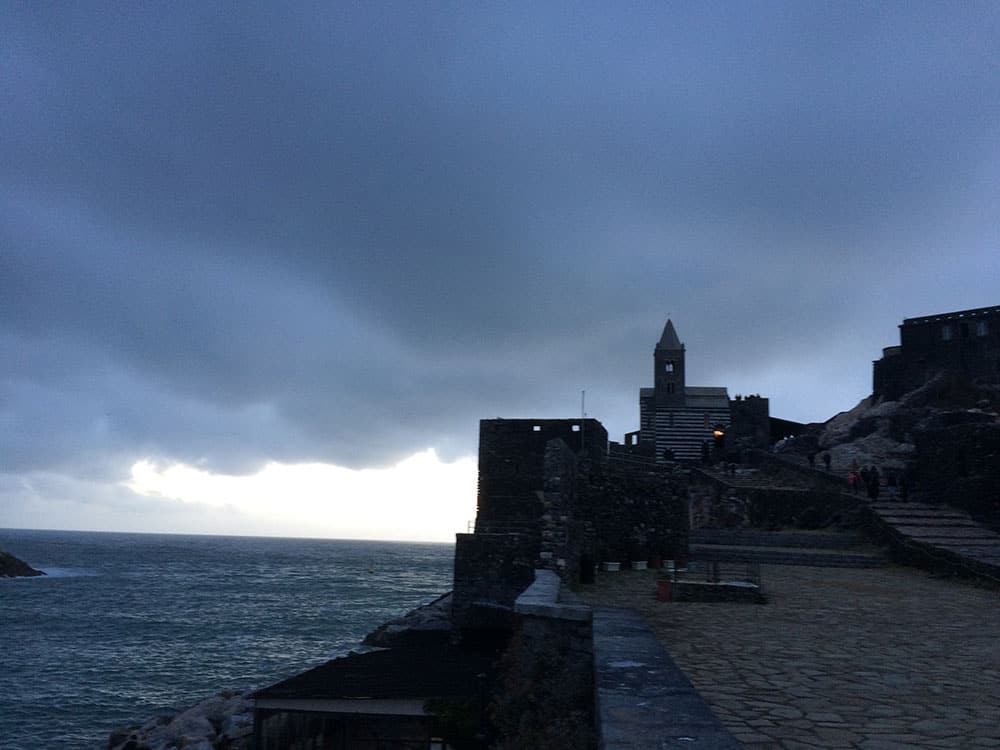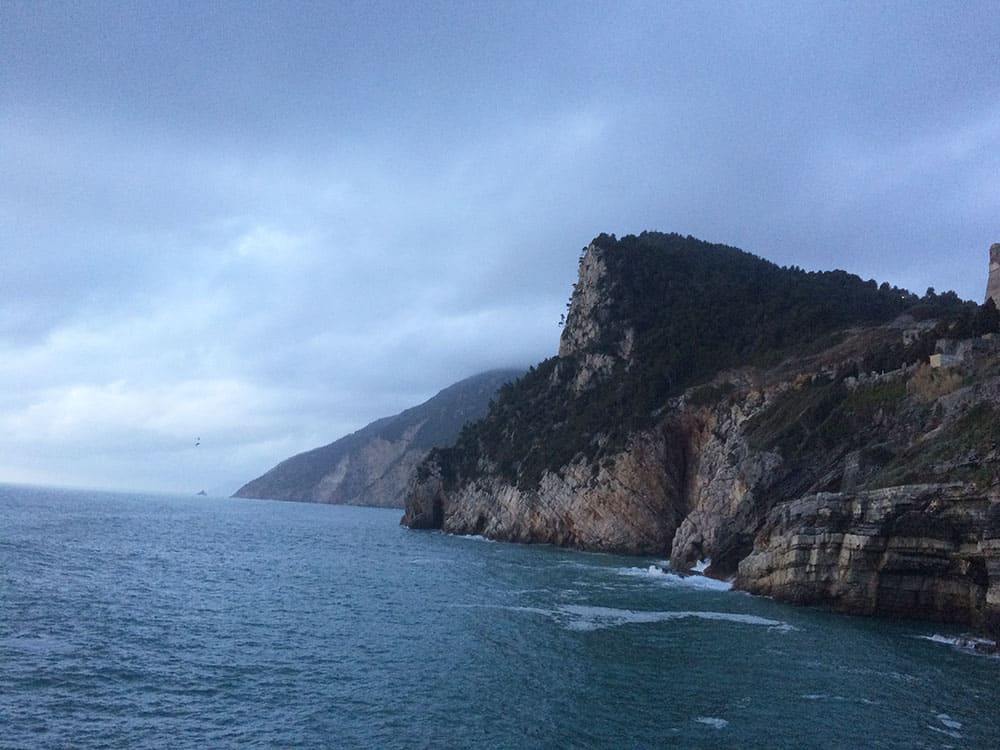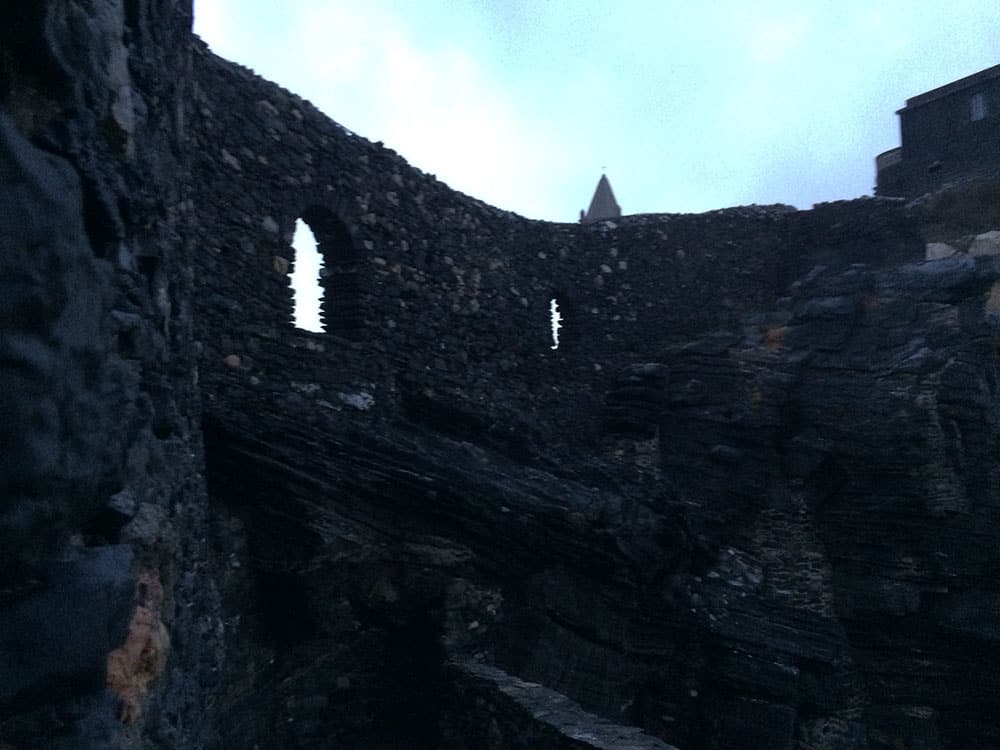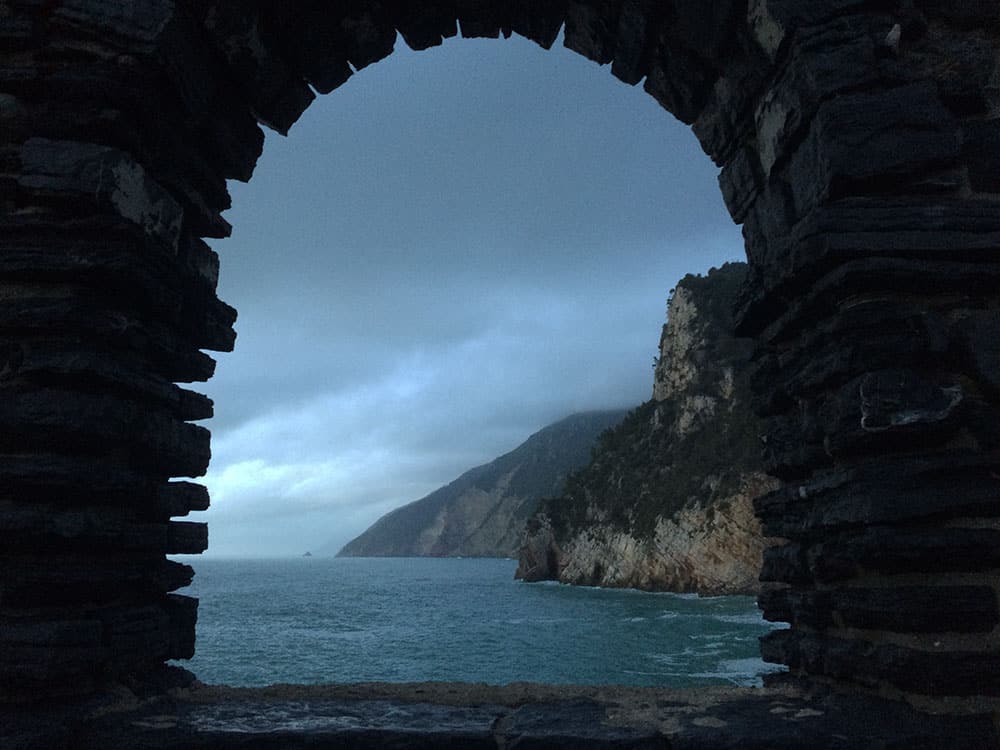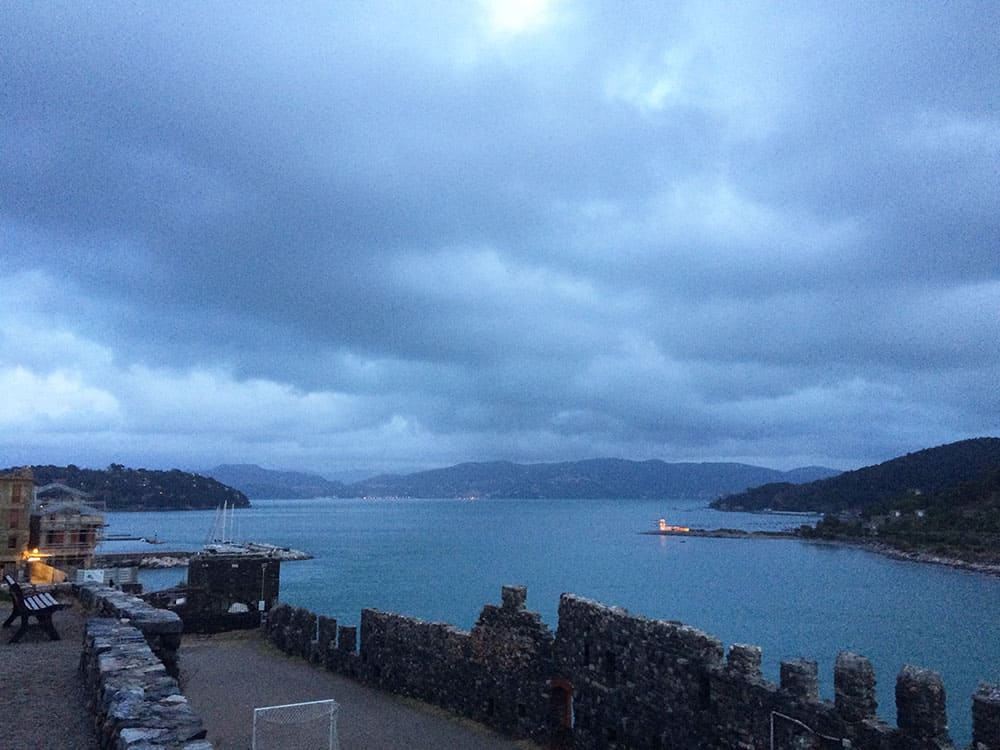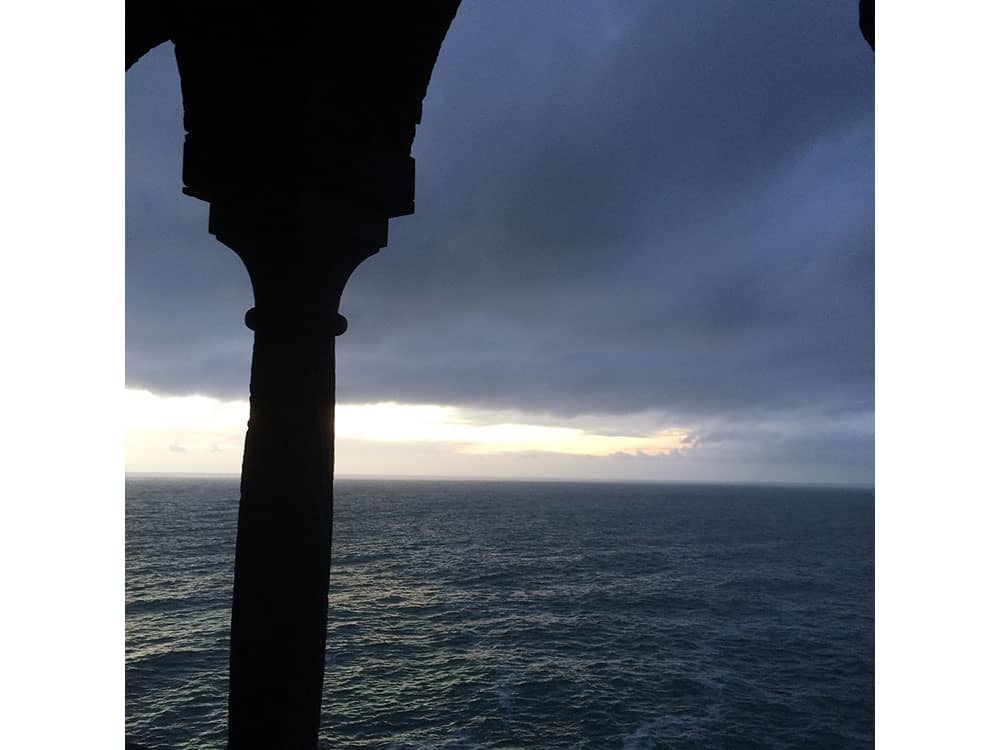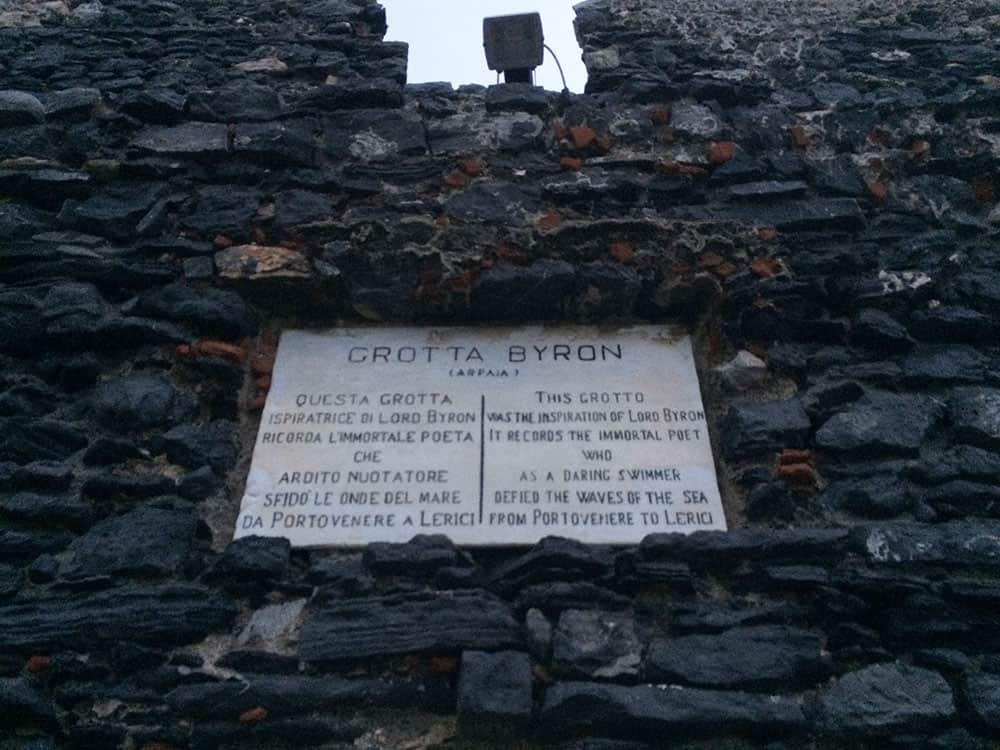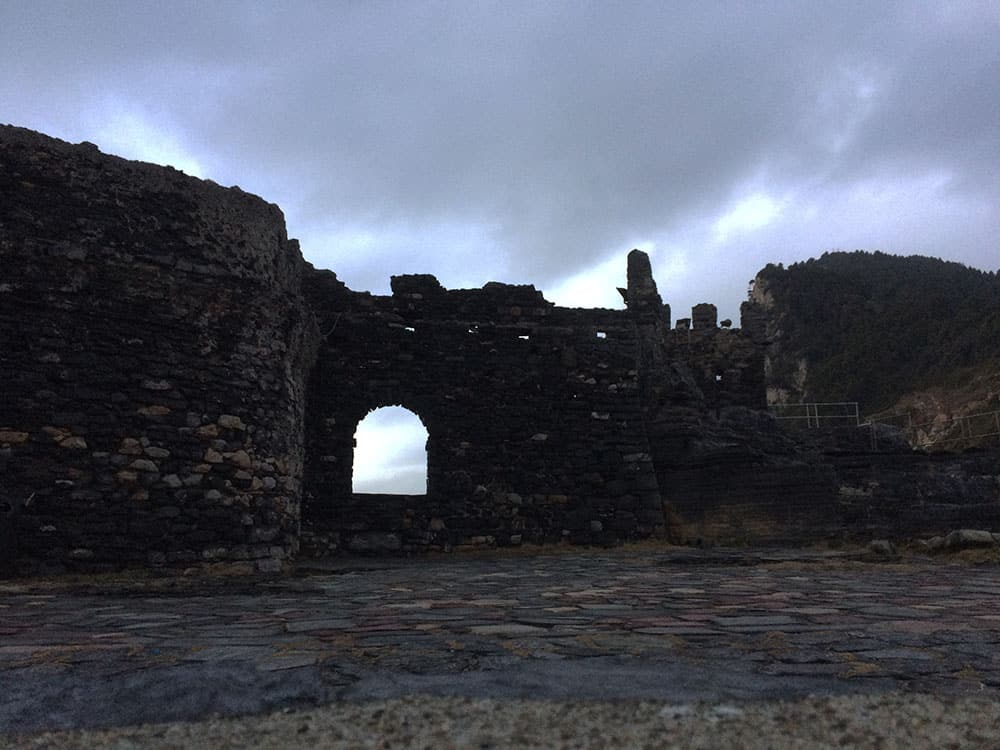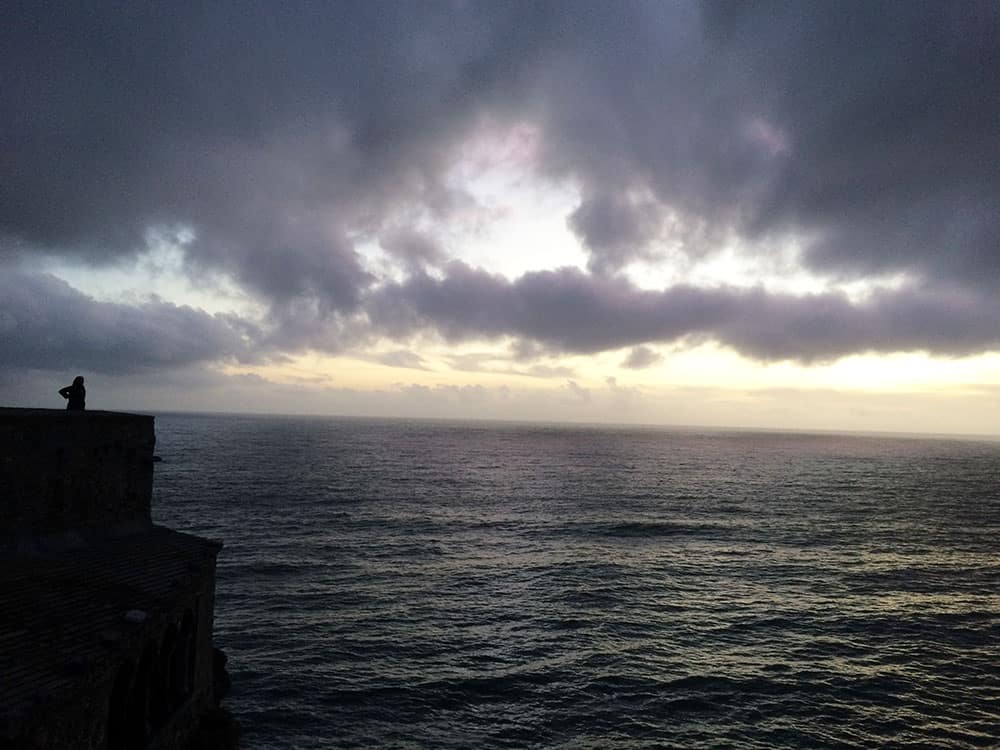Did you know that Italy has the largest number of Unesco sites compared to any country in the world and it’s just above China (which by the way is 30 times bigger) regarding these stats?
I mention this because I want to talk about Portovenere, a beautiful fishermen village, at the end of the Ligurian coast, on the border with Tuscany, which is, along with the famous Cinque Terre (Monterosso al Mare, Vernazza, Corniglia, Manarola, Riomaggiore ) one of our Unesco World Heritage Site.
In the last few years, this location has served as an endless procession of young Americans who picked le Cinque Terre to consider it THE dreamful destination for their spring break.
I must say there is a very good reason for this enthusiasm: in spite of its long touristic history, this region has managed to preserve its natural beauty and traditional architecture.
Since the XVII century, Le Cinque Terre has represented one of the obligatory stages of the Grand Tour, the long journey that the rich young men of the European aristocracy undertook to widen their culture, learn about politics, culture, art and antique civilizations. This trip could last months or even years and Italy, with its vestiges of the past, was for each of them an unavoidable long stop.
The name of the village (Portus Veneris) probably derives from a temple dedicated to the goddess Venus Ericina, located exactly in the place in which now stands the church of San Pietro in its typical Genoese gothic style, with black and white stone stripes, perched at the very end of the promontory. We suppose the name was linked to the fact that, according to tradition, the goddess was born from the sea foam, abundant just when the rough sea splashes against the dark rocks below.
We arrived in Portovenere almost at sunset on a rainy 31st of December right in time to see everybody else leave to get ready for their parties.
The scene was very cinematographic: the light and dark sky were given to the landscape a very dramatic atmosphere, perfectly matching the church sharp silhouette.
The leaden clouds and the silvery sea were moving along pushed by a wind that seemed to come from every direction and the orange light inside the church was the only color, almost a signal, that cast on the cold rock.
There is no reason to be surprised then if the Gulf of La Spezia has been called “The poets Gulf” since famous English, German and Russian artists and writers have lived here and their presences created myth and legend intersected with real history.
Charles Dickens, David H. Lawrence, Percy B. Shelley, his wife Mary ( the author of the gothic novel Frankenstein), the painter Arnold Böcklin, , George Sand, Virginia Wolf, the American writer Henry James: each of them has contributed to their unique existence to the extraordinary reputation of this piece of Ligurian coast.
One above all others though has linked his reputation of a young dandy and romantic writer to this place: George Gordon Byron and in particular, his legendary swim crossing from Porto Venere to Lerici in 1822, to reach his friend Percy B. Shelley and his wife Mary who stayed at Villa Magni in San Terenzo.
Byron led a very adventurous and controversial life; he was the object of numerous moral scandals – he was accused of incest, adultery, bisexuality, sodomy, free love and in spite of his reputation as an acclaimed writer, he was the victim of a growing and disdainful refusal by the London aristocracy.
He was the victim of a violent hostility that was the first signs of the evangelistic spirit, which would then be imposed during the Victorian era. As a matter of fact, in 1816 he decided on self-exile from England, where he would never return.
During his long wanderings in the continent Lord Byron temporarily settled in many places where he wrote, intensely lived and cultivated his physical and intellectual pleasures, without caring about public opinion, building, not completely involuntarily, the Byronian hero image: eccentric , idealized but imperfect, rebellious, arrogant, tormented by a painful, often self-destructive past.
In Portovenere, there is a cave that is designated with his name to remember the daring swim mentioned above to reach his poet friend, Shelley, in the nearby village of Lerici.
This is a historical fake. Byron never came to Portovenere but reading the marble plate placed on the rock arch that frames the blue waters, you just want to believe it.
We can call it the power of Romanticism: true or not true, your imagination is stronger than reality and often wins on bare facts, on dull evidence, and on unseductive accuracy.
Betti
Portovenere: Directions to get there
[socialWarfare]

